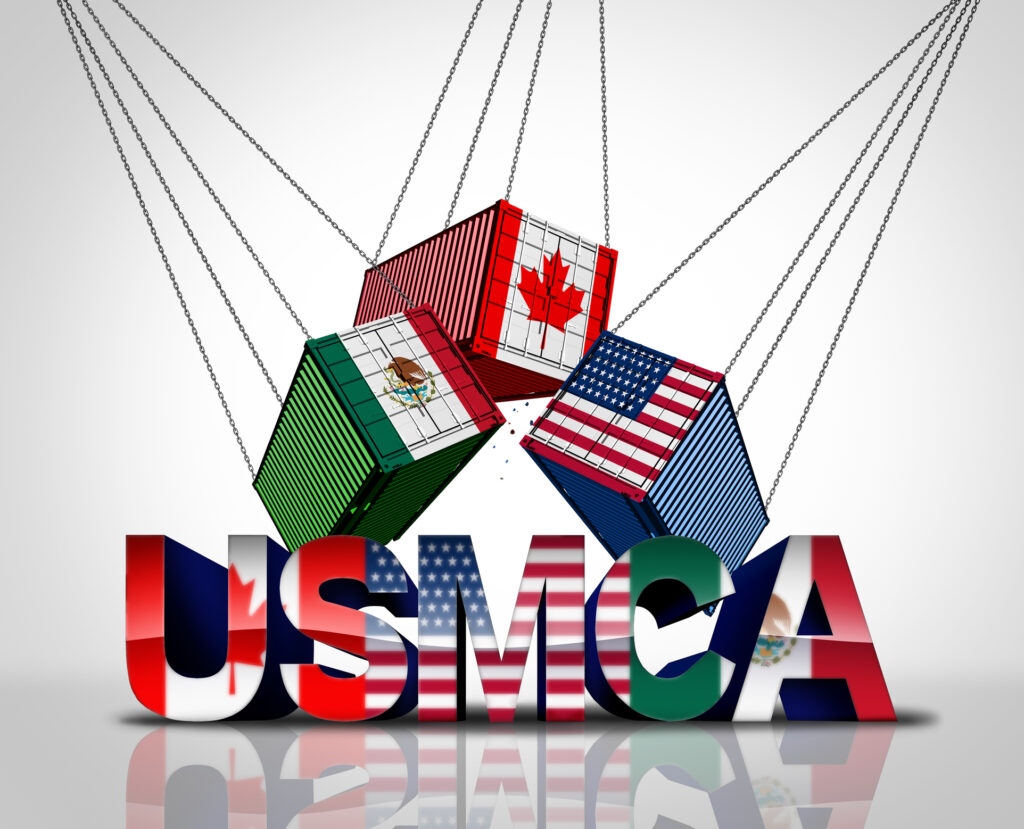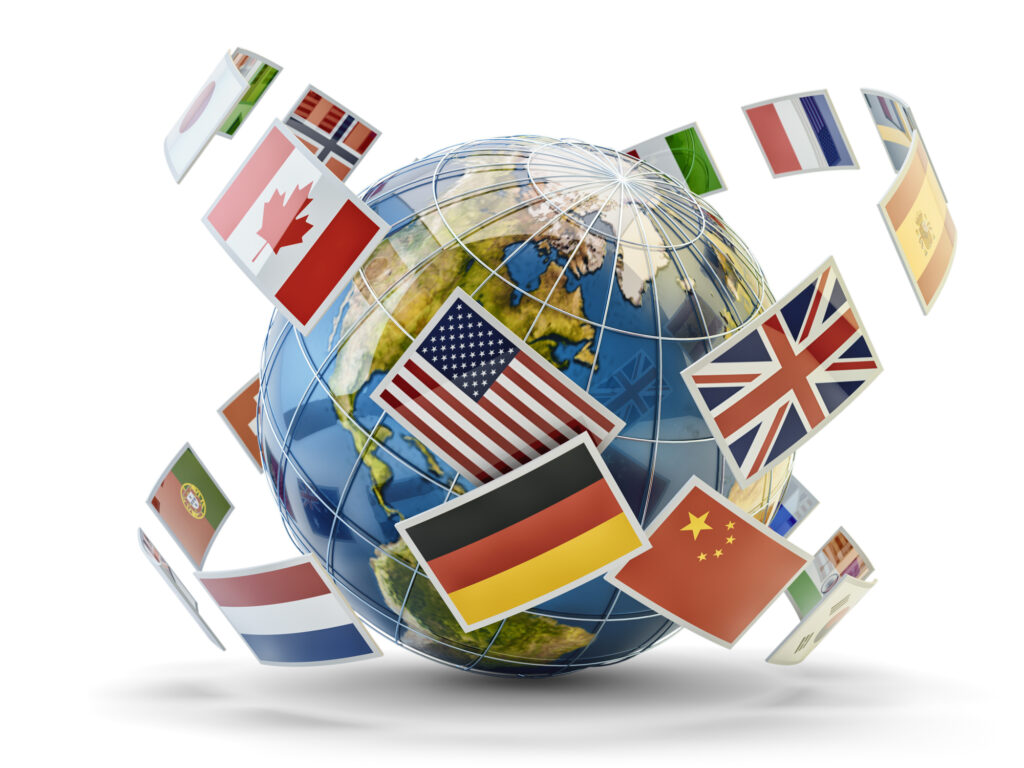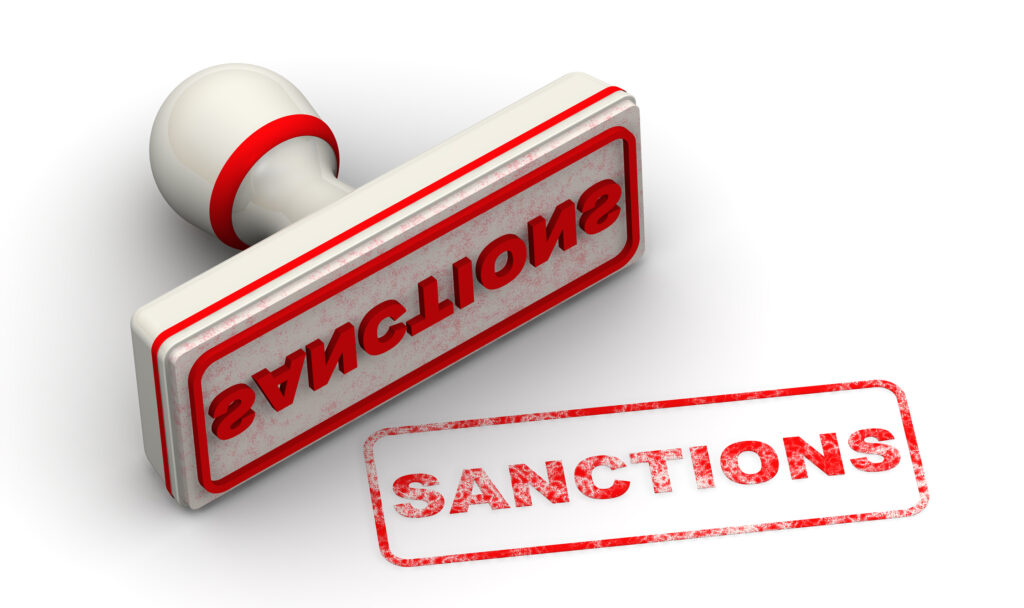
Content Partner
Grades 6-8, 9-12

Don't have an account yet? Sign up for free
Don't have an account yet? Sign up for free
Students will be able to:

In this economics lesson, students will examine the relationship between specialization and trade.
Warm-Up
Ask students to identify features of a tropical island, such as the one shown in Slide 2 of Hawaiian Economics: Barter for Fish and Poi presentation. Ask students what they know about Hawaii. Answers will vary. (Note: This lesson may be used as a stand-alone lesson or as the second of a two-part series on the old Hawaiian economic system of Ahupuha’a. If using the first lesson — Hawaii’s Economy: From the Mountains to the Sea, students should be able to recall some of the characteristics of the island.) Show students a map of Hawaii. Remind students that Hawaii was the 50th state to become a member of United States, and it has a very different history from other states because it is an island in the Pacific Ocean. It is located hundreds of miles from the main body of the United States and is totally surrounded by water. Explain that being somewhat isolated from the rest of the world many years ago required the Hawaiian people to be self-sufficient, relying only on the resources available on the island itself. Tell students that isolation created specific problems for the Hawaiian natives to overcome, and this lesson will explain some of the trading challenges faced by the people of Hawaii many years ago.
Modeling
Ask students if they have heard the word barter and what they think it means. Show Slide 3. Have students to describe what they see. (Two men trading apples for a chicken.) Ask them to how they would decide how many apples equal one chicken. (Answers will vary.) Explain that trading one good for another may be helpful, but it is oftentimes difficult to determine the value of the products in the trade. Show Slide 4. Explain that Hawaii has three main regions: mountains, valleys, and shores. Because the resources vary from region to region, it was necessary for the people to have access to all three regions to have sufficient food and shelter. Show Slide 5. The chiefs divided the islands into different areas called an Ahupuha’a which were pie shaped and gave each area access to the three regions. However, the people were required to use the resources only from their individual regions which limited their access to resources. As a result, people began to barter (or trade) with people in another Ahupuha’a. Ask students why they think people might want or need to trade with people in another Ahupuha’a. (Answers will vary but should focus on meeting specific needs for goods and services that were not being met in their home area.) Explain that bartering means trading a good or service directly for another good or service, without using money or credit. Show Slide 6. Tell students to better understand the lesson, they need to know some new terms. Review the terms on the slide. Show Slide 7. Explain that life in old Hawaii was very different from today because people had to hunt and fish to get food and cut down trees to build shelters and canoes. Show Slide 8. Remind students that the people had to work very hard to grow their own food, and one of the main staples was taro used to make poi. Tell students poi is still eaten in Hawaii today, but they can use modern tools to produce it without as much physical labor as in the old days. Use Slides 9-15 to share the dilemma faced by the Hawaiians when trying to provide food and shelter in the Ahupuha’a. Use Slide 16 to summarize the main economic terms of the lesson.
Group Activity
Put students into small groups and show Slide 17. Have students work in their groups to discuss the answers. Review student answers. (Answers include: What was the purpose of the Ahupua’a? To ensure the people of Hawaii had access to all three regions of the islands; How did the geography of Hawaii make it challenging for Hawaiians to gather the fish & poi that they loved? The rough terrain, great distances from region to region, and time/energy required to grow or gather foods and get them back home made it hard to do all things necessary to grow taro, pound poi, catch fish, collect salt, etc.; Was it easy to farm, fish, and gather all the items a Hawaiian family needed? Why or why not? No, each takes time to do and time to learn to do well, and it was difficult to do them all well enough to support family; What did the Hawaiians do to improve the quality of the food they grew, gathered, and caught? They began to specialize, focusing on one area, such as farming or fishing. By doing so, they became quite skilled, productivity increased as people specialized, and they grew more knowledgeable in their area of work, producing goods of better quality/larger quantity; What did they do to help solve the problem of getting both fish and poi? They traded with others to get the things they needed using a barter system because they had no money or money system; What were the benefits of trading for food? By trading, they could get what they needed even when they did not have the time to grow, gather, or catch what they needed by themselves – but both sides benefit when they trade; otherwise, no exchange would take place; What were some of the costs of trading for food? When trading, they needed to find someone who had what they wanted and needed what they are offering; trades may not be equal as it takes farmers weeks and months to grow while someone who fishes may spends just a few hours catching fish for the same trade; How did trade create interdependence in the Ahupua’a? People depended upon each other to get the items they needed; canoe builders provided canoes to fishermen who might then provide fish to the canoe builders. Students can give other examples; Do you think their solution was a good one? Why or why not? Answers will vary but most should agree it was a good solution because it allowed them to specialize and all parties benefited; How do people in our community get their food? Shop, buy, use money, some might grow food in small gardens, etc.; Why don’t we use the barter system to get our food? With the variety of items we need today, it would be very difficult to find individuals who had these items and needed what we have to trade for it — then repeat this process many times for a week’s worth of groceries. That is why monetary systems have developed. Money acts as the middleman to facilitate the trading process. It is much easier for someone who fishes to “trade”/sell their fish for money, then use that money to go buy other things they need. The same is true for others who produce goods and services; Identify one example of bartering. Answers will vary.
Individual Activity
Have students complete the Hawaiian Economy Matching Game and review student answers. (1. a; 2. b; 3. b; 4. a; 5. a.)
Have students prepare a drawing that illustrates the concept of bartering.
Activity 1
Complete the lesson Hawaiian Economics: From the Mountains to the Sea to learn more about the Ahupua’a economic system in ancient Hawaii.

Content Partner
Grades 6-8, 9-12

Grades 9-12

Grades 9-12

Grades 9-12
